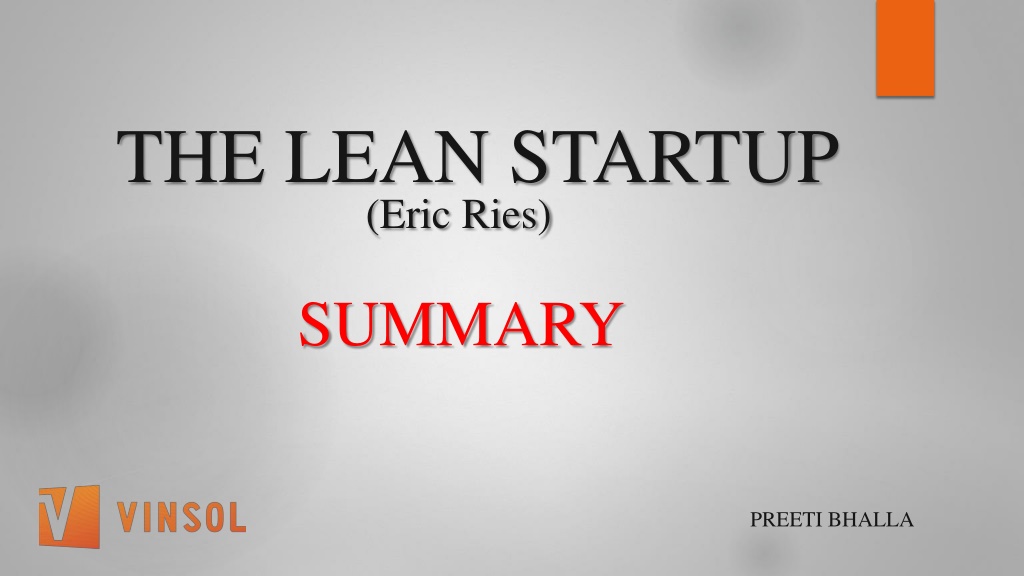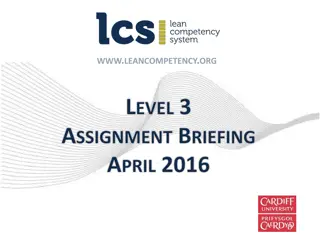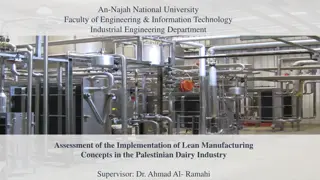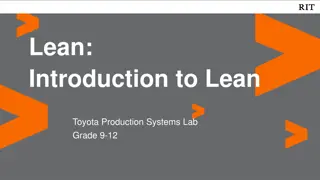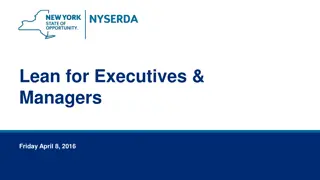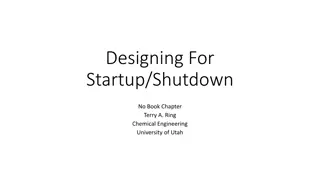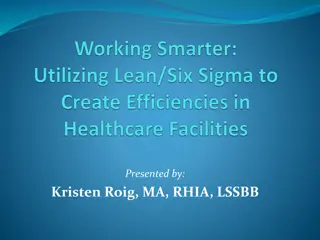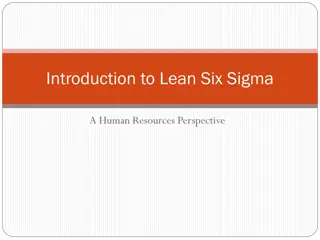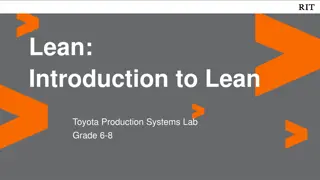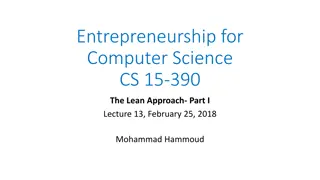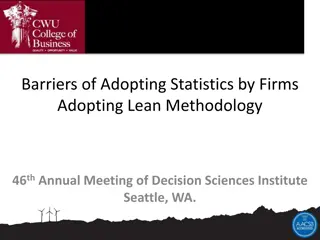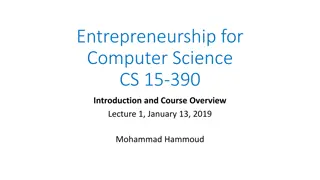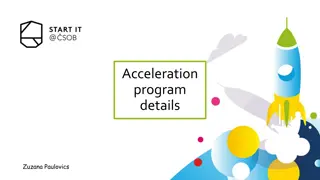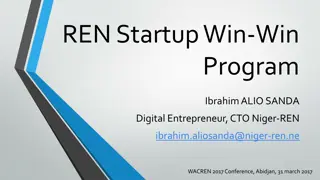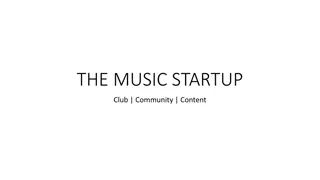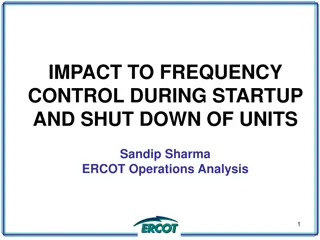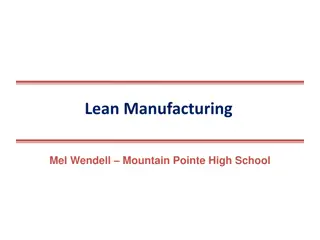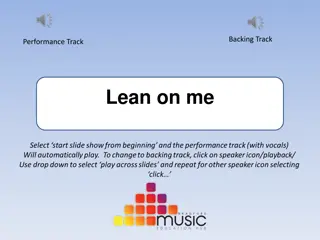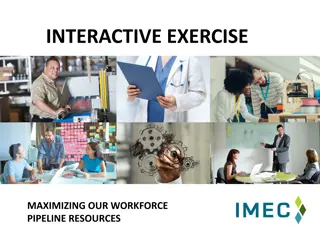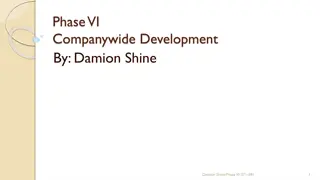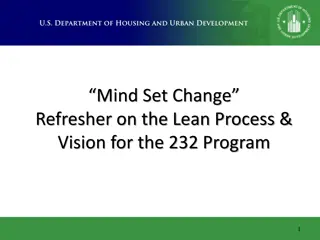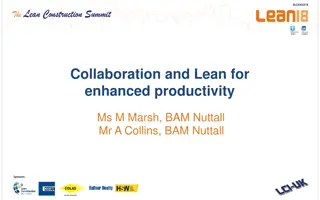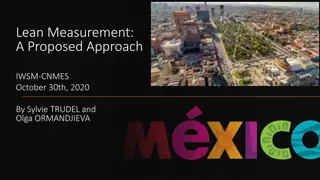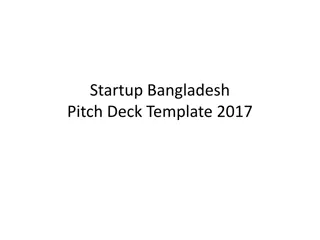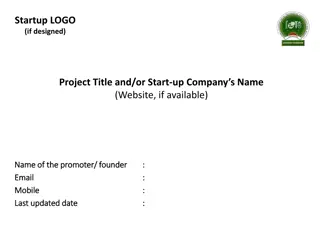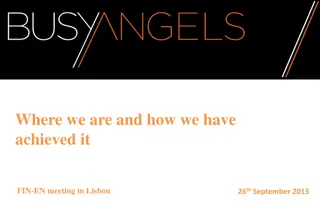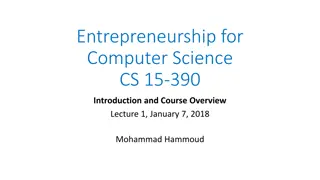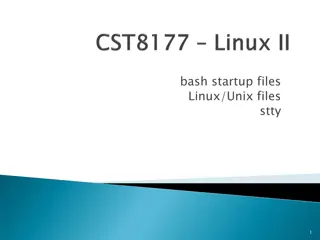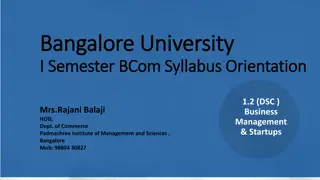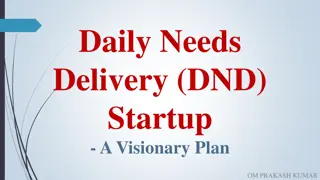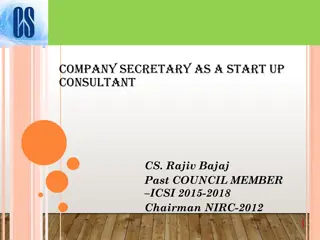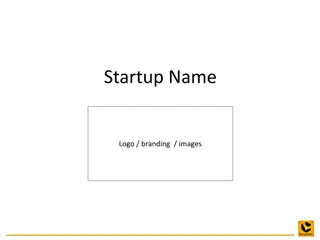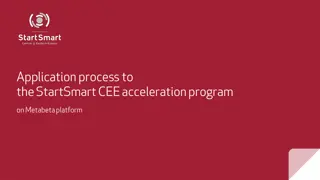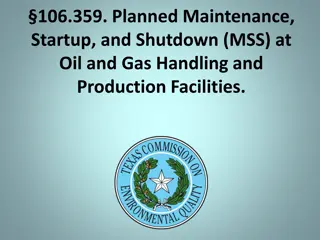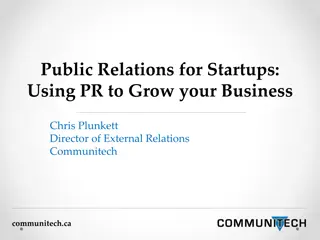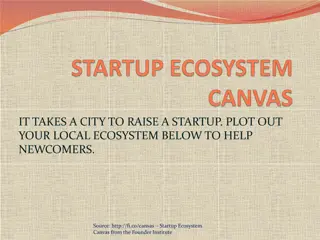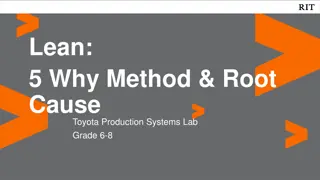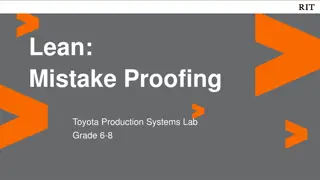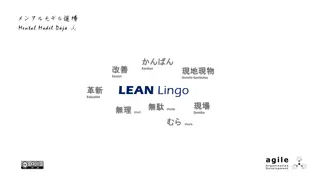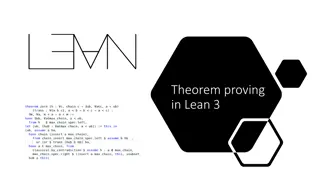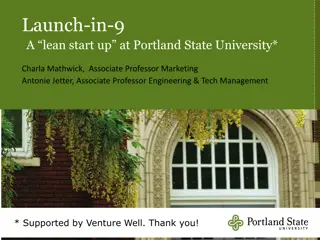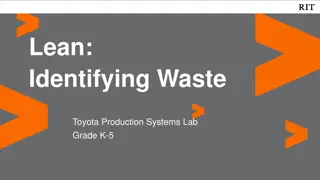Understanding the Lean Startup Approach
Lean Startup is a business development approach applying Lean Production to innovation. It emphasizes building, testing, and iterating products efficiently. The methodology focuses on validating learning, measuring progress, and implementing innovative accounting techniques to drive growth. By breaking down the larger vision into small experiments, startups can gather customer responses effectively.
Uploaded on Oct 09, 2024 | 0 Views
Download Presentation

Please find below an Image/Link to download the presentation.
The content on the website is provided AS IS for your information and personal use only. It may not be sold, licensed, or shared on other websites without obtaining consent from the author. Download presentation by click this link. If you encounter any issues during the download, it is possible that the publisher has removed the file from their server.
E N D
Presentation Transcript
THE LEAN STARTUP (Eric Ries) SUMMARY vinsol_400x400.png PREETI BHALLA
AGENDA What is Lean Startup? Principles The Lean Pyramid Leaps of Faith Antilogs and Analogs Genchi Genbutsu Minimum Viable Product Innovation Accounting Engines of Growth Innovation Sandbox vinsol_400x400.png
WHAT IS A LEAN STARTUP ? LEAN STARTUP is an approach to business development that is based on the application of LEAN PRODUCTION to innovation. Guide to how drive a Start-up, build and maintain products. vinsol_400x400.png
ROOTS OF THE LEAN STARTUP Lean manufacturing revolution in the Toyota production system. Lean manufacturing/Production involves the following: Know your customer Eliminate waste Shrink batch size Just-in-time production vinsol_400x400.png Acceleration of cycle times
DEFINING KEYWORDS Startup A human institution to create a new product or service under conditions of extreme uncertainty. Entrepreneur Everyone from young visionaries with little backing to seasoned visionaries with larger companies. Product Anything that a customer experiences as a part of interaction vinsol_400x400.png with the company.
PRINCIPLES OF LEAN STARTUP Entrepreneurs are everywhere Entrepreneurship is management Validate Learning Build Measure Learn Innovative Accounting vinsol_400x400.png
THE LEAN PYRAMID Vision Where you thrive to reach once you begin Strategy Business model , road map , point of view etc. Product End result of the strategy Product Strategy vinsol_400x400.png Vision
A STARTUPS VISION Destination in mind Creating a thriving business. The First Question Should this product be build? Measure progress Evaluate performance locally Always drive a new project and avoid complex plans Break down the larger vision and start with small experiments to gather vinsol_400x400.png customer responses
EXPERIMENTATION An EXPERIMENT is the first product How to Experiment ? Define a clear hypothesis using the Leap of faith assumptions Use Genchi Genbutsu approach for better understanding Look for Antilogs and Analogs Start by building an MVP Identify and eliminate waste vinsol_400x400.png Example : Zappos , VLS
LEAPS OF FAITH Act of believing or attempting something, the outcome or existence of which cannot be proven or known beforehand. Hypothesis Value Hypothesis Growth Hypothesis vinsol_400x400.png
GENCHI GENBUTSU Key principle in the Toyota production system Go and look out for yourself Facilitates early contact with potential customers Increases the chance that actual issues and unplanned events will be observed first hand vinsol_400x400.png Example : Toyota s Minivan
ANALOGS AND ANTILOGS Analog : Proof that something has been tried and works well in the market Antilog : Proof that something doesn t work in the market Look for Antilogs and Analogs, if possible Try to come up with alternatives to Antilogs Address high risk assumptions first Example : Analog for iPod : Sony s Walkman vinsol_400x400.png Antilog for iPod : Napster
MINIMUM VIABLE PRODUCT Version of product that enables a full turn of the Build Measure Learn loop with a minimum amount of effort and the least amount of development time. Has core features which allow the product to be deployed. Helps in avoiding building a product that the customers do not want. Can be deployed to Early Adopters that are thought to be more likely to provide feedback. vinsol_400x400.png
THE QUALITY PRINCIPLE (MVP) If we do not know who the customer is, we do not know what quality is. Try not to presuppose what attribute of the product will the customer consider as worthwhile Learn what the customers care about Remove any feature, process or effort that does not contribute directly to the learning that you seek vinsol_400x400.png Example : 3D Avatars in IMVU
PROBLEMS IN BUILDING AN MVP Legal issues Fear of competition Branding Risks Fear of failure vinsol_400x400.png
WHAT IS WASTE ? The major wastes as per the Lean Methodology are : Waiting Defects Overproduction Improper use of skills vinsol_400x400.png
VALUE VS WASTE The effort that is not absolutely necessary for learning what your customer wants can be eliminated. Work Smart, not just hard Identify value creating efforts Identify and eliminate waste vinsol_400x400.png
STEERING A STARTUP To Steer a Startup , minimize the total time through the BUILD Feedback Loop Enter the build phase with an MVP in mind LEARN MEASURE Evaluate progress using vinsol_400x400.png Innovation accounting
INNOVATION ACCOUNTING To evaluate and improve outcomes, focus on how to measure progress, how to set up milestones and prioritize work. Learning milestones : Establishing the baseline Tuning the engine vinsol_400x400.png Pivot or Persevere
SPLIT TESTS AND METRICS Split Tests : Experiment where different versions of the product are offered to the client simultaneously. Example : Grockit Choose the right metrics to evaluate progress. Do not be mislead by VANITY METRICS A metric should be : Actionable Accessible vinsol_400x400.png Auditable
COHORT ANALYSIS Cohort - Group of people who share a common characteristic over a certain period of time. Helps understanding the business quantitatively vinsol_400x400.png
COHORT ANALYSIS vinsol_400x400.png Studying the spending trends of cohorts from different periods in time can indicate if the quality of the average customer being acquired is increasing or decreasing in over time.
PIVOT OR PERSEVERE Pivot is a special kind of structured change designed to test a new fundamental hypothesis. When to PIVOT ? A start-up's runway is the number of pivots it can still make PIVOTS require courage The PIVOT or PERSEVERE meeting vinsol_400x400.png Example : Wealthfront
CATALOG OF PIVOTS Zoom-in Pivot - Flickr Zoom-out Pivot - Facebook Customer Segment Pivot - Wealthfront Customer Need Pivot - Starbucks vinsol_400x400.png
ACCELERATE When accelerating a Startup, it s important to keep the following in mind : Keep the batches small Aim for sustainable growth The FIVE WHYS Keep Innovating vinsol_400x400.png
BATCHING Batch size Work that moves from one stage to the next at a time. Problems with Large batches : Detecting and fixing bugs becomes difficult Efficiency decreases The Large-Batch Death Spiral problem vinsol_400x400.png
ONE ENVELOPE AT A TIME Adopt the Single-piece Flow strategy Produces finished products faster Quality problems can be identified much sooner Overhead Reduces Toyota became world s largest automaker in 2008 using this approach vinsol_400x400.png
CONTINUOUS DEPLOYMENT Aims at minimizing the time elapsed between writing one new line of code and this new code being used by live users in production. Facilitates early feedback Defects can be detected faster and sooner Avoid new changes until fixed Remove Defect Notify Team RCA vinsol_400x400.png
SUSTAINABLE GROWTH * New customers come from the actions of past customers How past customers drive sustainable growth : Word of Mouth As a side effect of product usage Through funded advertising Through repeated purchase or use vinsol_400x400.png
ENGINES OF GROWTH Engine of growth is what drives the underlying Business Model Helps the business to stay focussed on the metrics that matter STICKY VIRAL PAID METRICS New Customer Acquisition rate, Churn Rate Viral Coefficient Cost per Acquisition, Customer s Lifetime Value (CLV) IMVU EXAMPLE Database Solutions Hotmail, Facebook vinsol_400x400.png
THE FIVE WHYS Iterative question-asking technique used to explore the cause-and-effect relationships underlying a particular problem. Benefits of the Five Whys : Achieving better quality Automatic Speed regulator Building a more adaptive organization vinsol_400x400.png One of the simplest tools; easy to complete analysis without statistics
FIVE WHYS IN ACTION 1. A new release disabled a feature for customers. Why? Because a particular server failed. 2. Why did the server fail? Because an obscure subsystem was used in the wrong way. 3. Why was it used in the wrong way? The engineer who used it didn t know how to use it properly. 4. Why didn t he know? Because he was never trained. 5. Why wasn t he trained? Because his manager doesn t believe in training new vinsol_400x400.png engineers because he and his team are "too busy."
INNOVATION Innovation teams must be structured correctly in order to succeed. The Structural attributes for a startup are : Scarce but Secure Resources Independent Development Authority Personal Stake in the Outcome vinsol_400x400.png
THE INNOVATION SANDBOX Any team can Split-Test in a specific segment One team goes through the whole experiment Time Limits for experiments Not affecting more than a certain number of customers Experiment evaluation to be done on actionable metrics Use the same metrics throughout the experiment vinsol_400x400.png Monitor customers and metrics during experiment
When changing to lean expect changes. With LEAN you will have growth, a better product and happier teams. THANK YOU! vinsol_400x400.png http://vinsol.com
